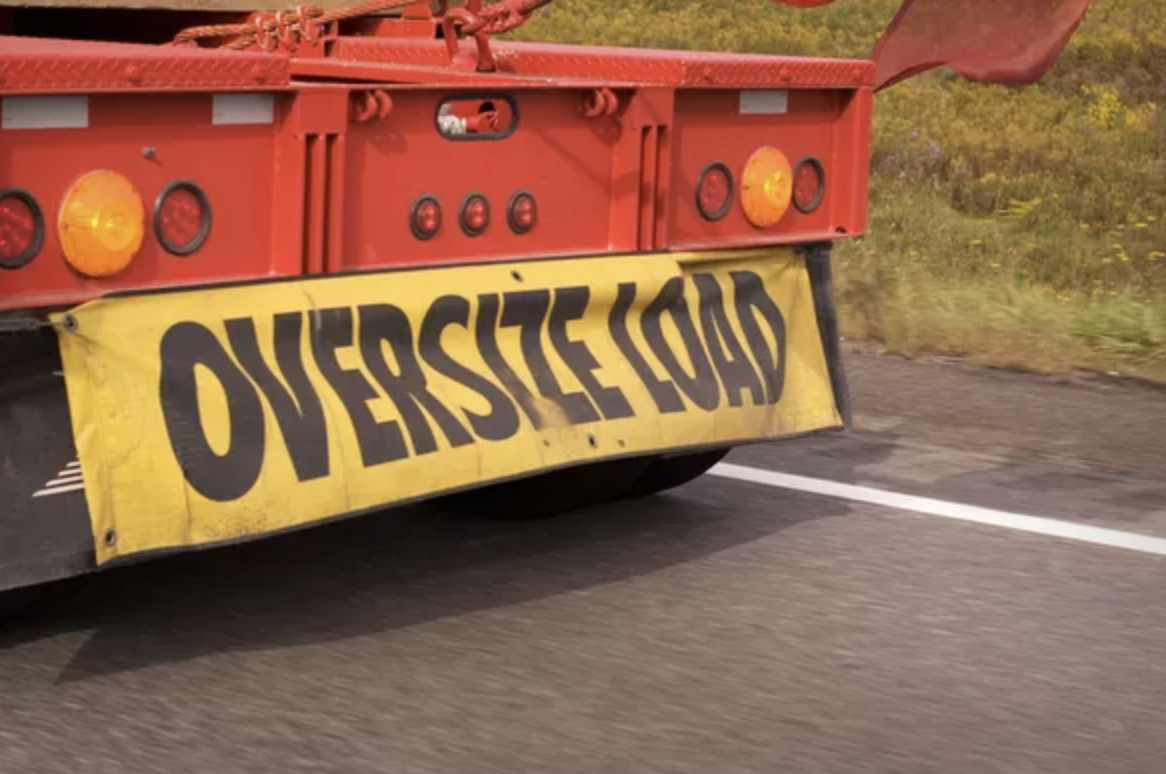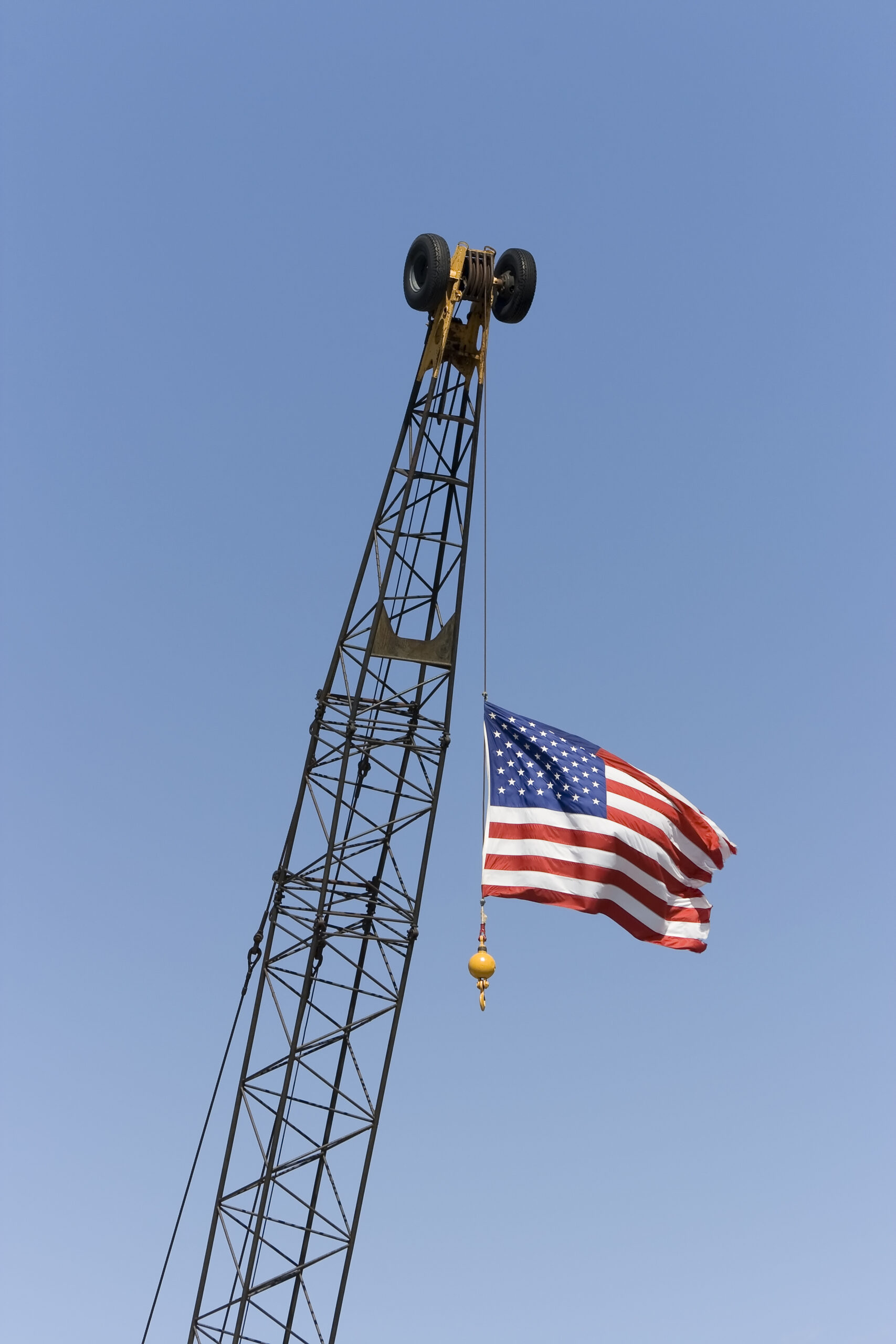One of the most important issues being discussed in transportation circles recently has to do with “personal conveyance,” a term you’re likely familiar with if you operate commercial motor vehicles (CMVs). These discussions have been prompted, in part, by the fact that on May 31st, 2018, FMCSA issued new guidance regarding personal conveyance that became effective immediately.
It should be noted that motor carriers, at their discretion, may authorize their drivers to use a CMV while off-duty for personal conveyance. (However, they are not required to.) When this occurs, drivers are required to document such use as off-duty on their records of duty status (RODS), regardless of the method used to record the driver’s hours of service (HOS) (e.g., paper logs, automatic on-board recording device, electronic logging devices (ELDs), etc.)
Here are five changes, in no particular order, you should be aware of:
- The movement from a shipper or receiver to the nearest safe resting area may be identified as personal conveyance, regardless of whether the driver exhausted his or her HOS, as long as the CMV is being moved solely to enable the driver to obtain the required rest at a safe location.
- Personal conveyance is an off-duty status. Therefore, there are no impacts to the 11- or 14-hour limitations for truck drivers, the 10- or 15-hour limitations for bus drivers, the 60/70-hour limitations, the 34-hour restart provisions, or any other on-duty status.
- If a Federal, State or local law enforcement official requires a driver to relocate the CMV during the 10-hour break period for truck drivers or the 8-hour break period for bus drivers, personal conveyance may be used to document the movement
- The driver is not required to return to the previous on-duty location. A driver may resume on-duty status immediately after an off-duty status regardless of the location of the CMV.
- Enhancing operational readiness (which is prohibited under personal conveyance) includes on-duty movement of a CMV that provides a commercial benefit to the motor carrier. For example, if the movement places the load closer to the destination, it may not be considered personal conveyance, except under circumstances outlined specifically in the examples provided in the guidance.
The changes listed above are simply a starting point to understanding FMCSA’s new guidance. For more information on personal conveyance or other issues related to transportation, contact Chris Nelson or another NBIS risk management specialist today at 1.877.860.RMSS (7677). #NBIS #FMCSA #PersonalConveyance






